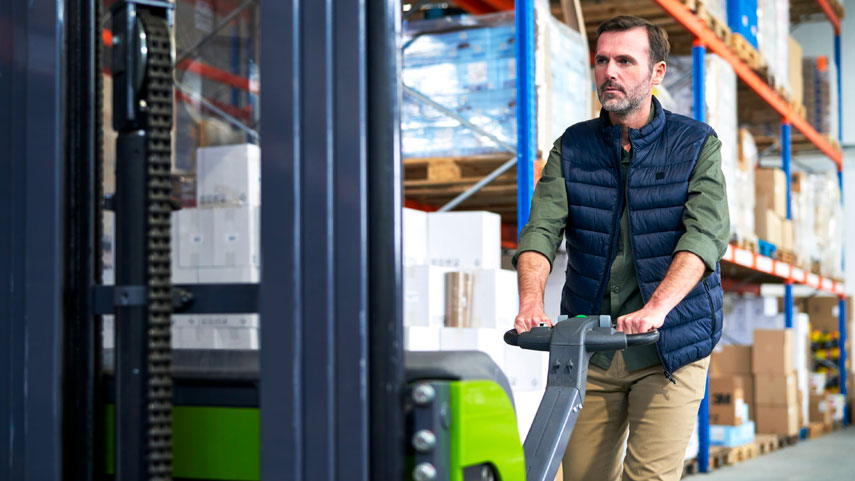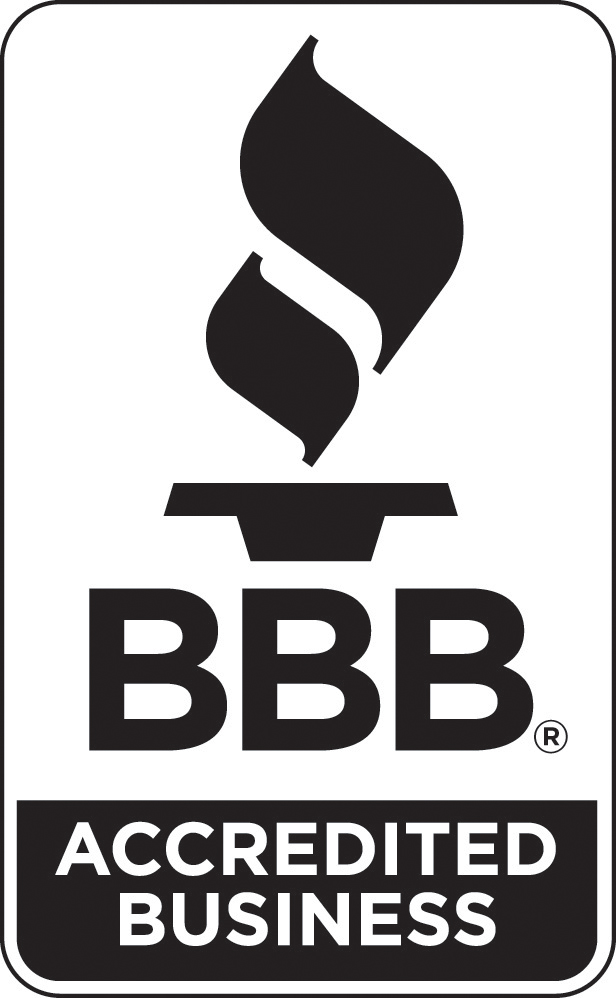Safe and Reliable Food Transportation: A Guide

What is food transportation?
Simply put, food transportation makes the world go ‘round. It encompasses the start-to-finish process of moving food products from one destination to another per shipping and handling guidelines and regulations.
From food safety practices to proper packing and loading, food transport involves the successful travel of food from producer to consumer. That’s why it’s crucial for shippers and carriers alike to understand the principles of safe, efficient, and reliable food transportation.
How are food and beverage products transported?
Like other types of freight, food and beverage products can be transported via rail, ship, or air. However, most food transport in the U.S. happens over-the-road.
Food manufacturing transportation vs. final product
The transportation of food includes both raw ingredients for food manufacturing and completely packaged products for final consumption.
A manufacturer’s inbound logistics process includes sourcing ingredients and packaging materials. For example, Coca-Cola bottling companies require ingredients like sugar to produce their products.
Outbound logistics deliver final products from food manufacturers to distribution centers, grocery stores, and ultimately the end consumer. Protocols and freight class for shipping raw ingredients and final products may differ, and it’s often up to individual manufacturers to develop the correct procedures, train and monitor and staff, and keep records to ensure compliance.
Transporting cold goods
The way food is transported also differs based on how perishable it is. Safely shipping perishables and cold goods is key to keeping food items fresh for customers. To safeguard items such as meat, dairy, produce, and more, food shippers use transportation with refrigeration temperature control capabilities.
Many food and beverage carriers use refrigerated trailers or trucks—aka “reefers”—for cold goods. This type of freight shipping container is specifically designed to prevent food from spoiling. With built-in refrigeration systems, these trucks offer advanced technology that is adjustable for each shipment.
Seasonality plays a role in the types of trucks needed, too. In the summer and winter, for instance, shippers may require temperature-controlled trucks more often to help offset extreme weather conditions—but they may not necessarily need this service year-round.
Transporting food via dry van trailers
Dry vans are enclosed trailers that are not temperature controlled but rather designed to contain dry freight. Shipping dry, non-perishable food products (such as cereal, grains, or even some canned goods) that are not temperature-sensitive is less expensive and complicated than refrigerated or frozen foods.
Freight modes for food transportation
Trucking is the most common way to transport food in the United States, comprising about 70% of food and beverage transportation.
Depending on your needs, you can take advantage of many different over-the-road freight shipping modes:
- A full truckload (FTL) transports a dedicated shipment, typically of similar goods, directly to its destination.
- A less than truckload (LTL) offers a diverse range of freight options for smaller loads and quantities, but it may be less efficient due to multiple stops and transloading.
- A partial truckload (PTL) consolidates and transports freight that may be larger than LTL but still less than a truckload.
- A shared truckload (STL) algorithmically pools shipments into one multi-stop full truckload that travels without transloading to reduce damage, delays, and stress.
Why is safe and fast food transportation important?
As a basic human necessity, food requires safe and timely transportation to ensure we don’t encounter shortages due to inefficiency. Of course, it’s also imperative to public safety that food remains fresh and quality-assured. Inability to do so can lead to not only business loss and disruption, but also contamination and consumer illnesses.
Transporting food both safely and quickly allows food suppliers, manufacturers, and carriers to maintain their credibility as business operators.
Challenges with safe food transportation

For many suppliers and carriers, there are a few common challenges to ensuring safe and timely food transportation.
1. Improper food management
Improper food management occurs when handlers ignore standard operating procedures, such as:
- maintaining refrigeration and temperature control
- managing transportation units or storage facilities
- using quality packing materials and pallets
- following loading and unloading practices
It’s important to ensure that all food handling staff are properly trained when it comes to safety, sanitation, and other best practices.
2. Pest control
The presence of pests in food packaging is a surefire threat to food safety. Bugs like cockroaches and rodents like rats and mice can carry diseases that contaminate foods and cause illness.
Having a pest control policy with regular inspections and treatments from an external vendor helps prevent these pesky problems.
3. Poor sanitation
Handling food that is safe for public consumption requires consistent compliance with proper protocol to avoid contamination. Otherwise, it’s only a matter of time before an outbreak of dangerous foodborne illnesses like salmonella.
It’s critical to keep vehicles clean and clear of debris before and between loading products.
4. Miscommunication
When it comes to food transportation, good communication between shippers, carriers, and receivers is key. One miscommunication can disrupt timely delivery, lead to food spoilage, and affect a business’s bottom line.
Thus, it’s a good idea to carefully coordinate logistics like pick-up and drop-off windows and delivery routes.
5. Damage
If goods in transport are overcrowded or transferred multiple times along consolidator or LTL networks, packaging may become damaged. Delicate items like eggs or crumbly food can break on impact and render them inconsumable. These instances contribute to major losses to the food industry each year.
Careful loading, packaging, and transporting goes a long way toward keeping your food edible and intact.
Food safety measures during transportation

In order to overcome common challenges like mishandling and miscommunication, there are several safety measures that suppliers and carriers can implement while transporting food.
Preserve the product
Preserving the food products that end up in consumers’ hands is paramount to food transportation safety. This includes:
- using proper packing materials, pallets, and storage containers
- maintaining the proper temperature and refrigeration
- keeping dried goods up off the floor
- keeping goods well-ventilated, in low humidity, and out of direct sunlight
- discarding damaged goods immediately
Maintain the mode of transportation
If the mode of transportation containing food is unkempt, contamination is a threat. All vehicles should be:
- regularly cleaned, sanitized, and inspected
- able to accommodate appropriate temperatures
- separated by compatible types of food
Ensure food handlers are trained
To uphold food safety, quality, and overall hygiene, any staff handling food along the way should be properly trained to:
- monitor and practice sanitation
- securely load and unload food products
- communicate effectively between shippers, transporters, and receivers
Transport your food using shared truckload
At Flock Freight, our patented technology arranges shared truckloads that save stress, money, and time for shippers and carriers alike. While we only ship non-temp-controlled food and beverage products, when you ship via shared truckload, we make sure to combine your goods with safe commodities that pair with food shipments.
With STL shipping, your deliveries arrive on time 30% more frequently than other shipping networks and methods. Plus, we help you avoid delays and damage to products with 99.8% damage-free delivery. When you opt for shared truckload through Flock Freight, the odds of smooth and successful shipments are in your favor.
Discover more about the food transportation industry in the next chapter of this guide: What is the food and beverage supply chain?
Part of a different industry? Learn more about shared truckload for your industry.
.jpg)




